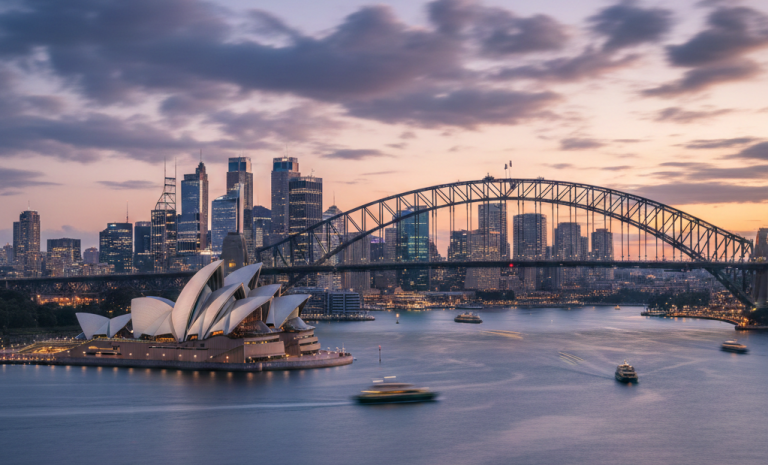Australia’s consumer inflation accelerated in October, rising faster than economists had expected and marking its quickest pace in seven months, the latest data from the Australian Bureau of Statistics (ABS) showed on Wednesday.
The consumer price index (CPI) increased 3.8% year-on-year in October, surpassing the 3.6% rise forecast in a Reuters poll.
The reading is based on a more comprehensive monthly CPI series that the ABS has now adopted as the primary inflation gauge, replacing the traditional quarterly measure.
According to the bureau, this is the first month where all expenditure categories have been captured, offering a fuller picture of price pressures across the economy.
Housing and electricity drive price acceleration
The steepest price increases were recorded in the housing sector, which rose 5.9% from a year earlier, propelled by sharply higher electricity costs, rent inflation and an uptick in prices for newly built homes.
Electricity bills jumped 37.1% in October as government bill rebates were exhausted, pushing energy costs into a key driver of headline inflation.
Economists say the renewed rise in housing inflation highlights persistent affordability challenges.
Shane Oliver, chief economist at AMP, said national home values have now reached fresh peaks and affordability has deteriorated further due to a lack of supply relative to demand.
Inflation pressures were not confined to housing. Prices of food and non-alcoholic beverages, as well as recreation and cultural services, climbed 3.2% year-on-year.
Meanwhile, the trimmed-mean index — a preferred underlying measure for policymakers — rose slightly to 3.3% in October from 3.2% the previous month, signalling stubborn core price momentum.
Rate-cut expectations pushed back as inflation proves sticky
The Reserve Bank of Australia (RBA) held rates at 3.6% in early November, signalling caution over easing too quickly at a time when inflation remains above its 2%–3% target range.
Governor Michele Bullock said the cutting cycle may be nearing its limit, adding that future moves will depend on economic data over the next year.
Market economists now expect the RBA to delay discussions around rate cuts into mid or late 2026, particularly after the latest inflation reading.
Sunny Nguyen of Moody’s Analytics said October’s figures support the case for inflation being more persistent than previously thought, suggesting policymakers may need to maintain a tighter stance for longer.
Growth momentum gives RBA room to stay patient
A recent uptick in business activity may reinforce the case for a prolonged pause.
A National Australia Bank survey earlier this month showed business conditions improving to their strongest level since March 2024, helped by rising sales and profits.
The economy expanded 1.8% year-on-year in the second quarter, faster than the 1.3% growth recorded in the previous period, reflecting resilience in household and government consumption.
Fresh GDP data for the July-to-September quarter, due on December 3, will offer a clearer reading on whether growth is strong enough to absorb elevated borrowing costs while inflation cools.
Australian markets reacted steadily to the inflation data.
The S&P/ASX 200 rose 0.73% on Wednesday, while the Australian dollar weakened to 0.6491 against the US dollar.
Bond yields inched higher, with the 10-year note rising four basis points to 4.474%.
The post Australia inflation hits seven-month high as housing costs surge appeared first on Invezz

